Prince of Persia: The Lost Crown on PS5
The sands of time haven’t buried Prince of Persia just yet. After more than a decade, Prince of Persia: The Lost Crown revives the series with a fun Metroidvania experience, courtesy of the developers of Rayman Legends no less. Ubisoft Montpellier has done something special here with Prince of Persia The Lost Crown. This is a true Metroidvania game through and through, with hefty boss battles, enigmatic secrets begging to be discovered, and lots of fun jumping and slicing. Let’s dig into what makes this game so well-designed despite what its minimalistic 2.5D appearance might suggest.
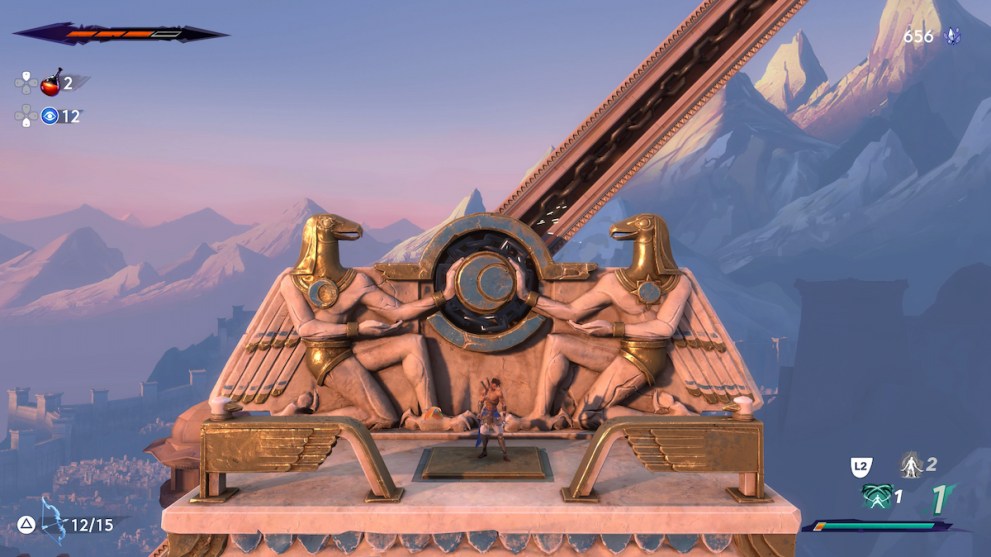
If you’ve played Hollow Knight or Castlevania, you’ll feel right at home navigating the labyrinthine environments of Prince of Persia: The Lost Crown. The goal of the game is to rescue Prince Ghassan from the traitors that kidnapped him. You do this by traversing through up to a dozen unique biomes that make up the mythical Mount Qaf in a non-linear explorative adventure. Like traditional Metroidvanias, you get rewarded with new powers and abilities as you progress, and use these new abilities to unlock blocked paths and other secrets from previous areas.
The main character, Sargon, primarily uses his agility and twin swords to fight opponents, but he also has a plethora of superhuman time manipulation powers that are a blast to play with. Let’s go over the specifics of this gameplay loop in more detail, starting with traversal and platforming.
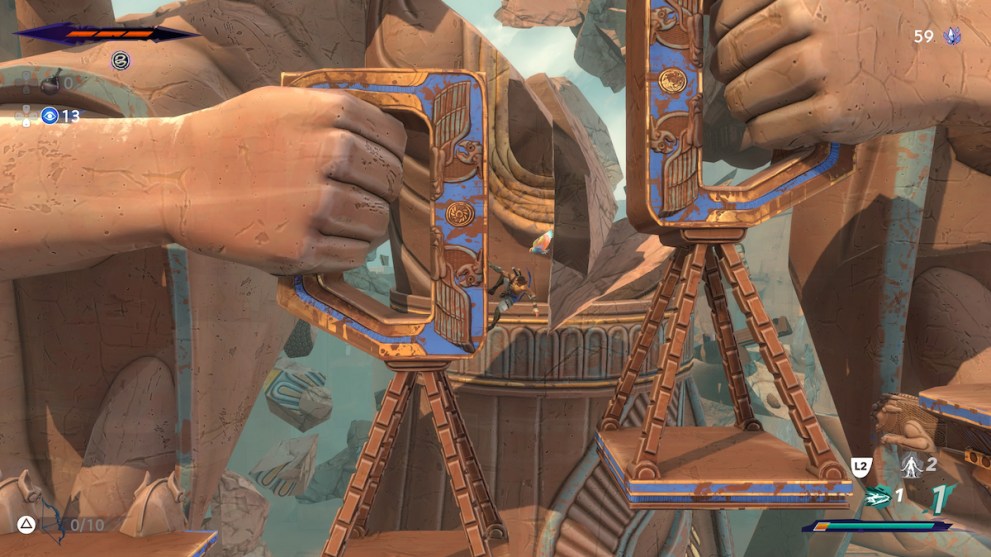
The simple act of moving around is fluid and engaging in Prince of Persia: The Lost Crown. You can alter the height and direction of jumps to time arcs with precision and speed, and the camera is zoomed out the perfect amount to give good spatial awareness. My only gripe would be how sprinting can only initiate after a slide. I prefer to go directly into a sprint in one smooth motion rather than have to ease into it, but I got used to it pretty quickly.
The level design in Prince of Persia: The Lost Crown is phenomenal across the board. Platform layouts accommodate the plethora of abilities and parkour tricks in Sargon’s repertoire. The pace and flow going through areas is not unlike a good Sonic The Hedgehog game at times. Being the Metroidvania that it is, there are plenty of shortcuts linking zones together so that smooth traversal across the map is quick and fun. The actual obstacles that make up these stages are immensely fun to traverse and play through.
It’s remarkable how often I found myself smiling as I encountered a new spike pit, boulder trap, or vertical corridor mandating rapid wall jumps (Super Metroid anyone?). The platforming in Prince of Persia: The Lost Crown is nothing short of brilliant, and it’s probably the single best aspect of the game’s multifaceted game loop.
Well, if it weren’t for the numerous puzzles and enigmas that hide in the nooks and crannies of Mount Qaf.
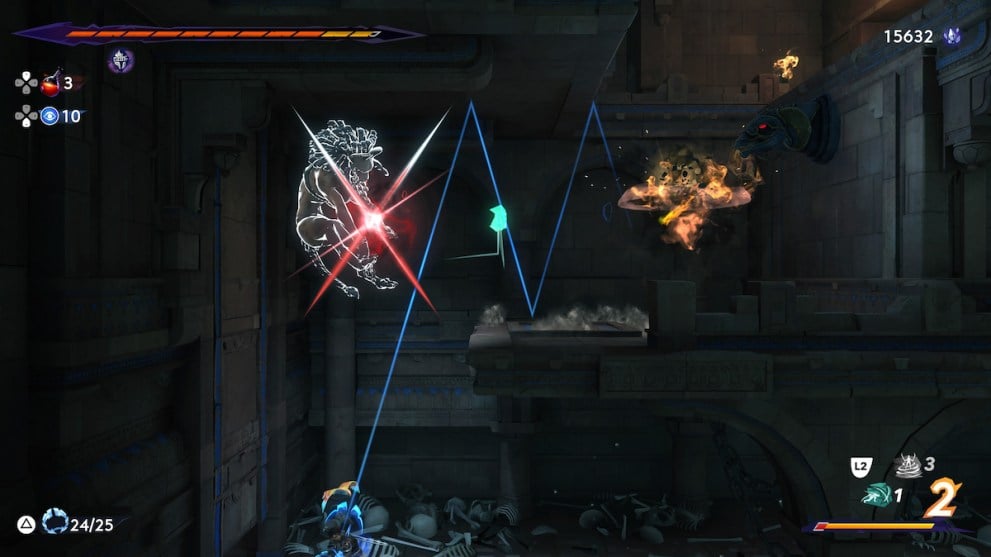
Fans of time-based puzzles absolutely, and I mean absolutely, need to play this game. The way the game uses time manipulation mechanics to traverse and solve puzzles is mind-bendingly fun and engaging. I haven’t had this much fun rewinding time through compact trap-infested mazes since I played the indie masterpiece Braid, and Prince of Persia Sands of Time before that. I’m particularly drawn to the puzzles that use past copies of your movements to unlock timed gates as you go through the optimal path to the treasure. The most challenging puzzles aren’t mandatory for the main objective, but they do give worthwhile rewards.
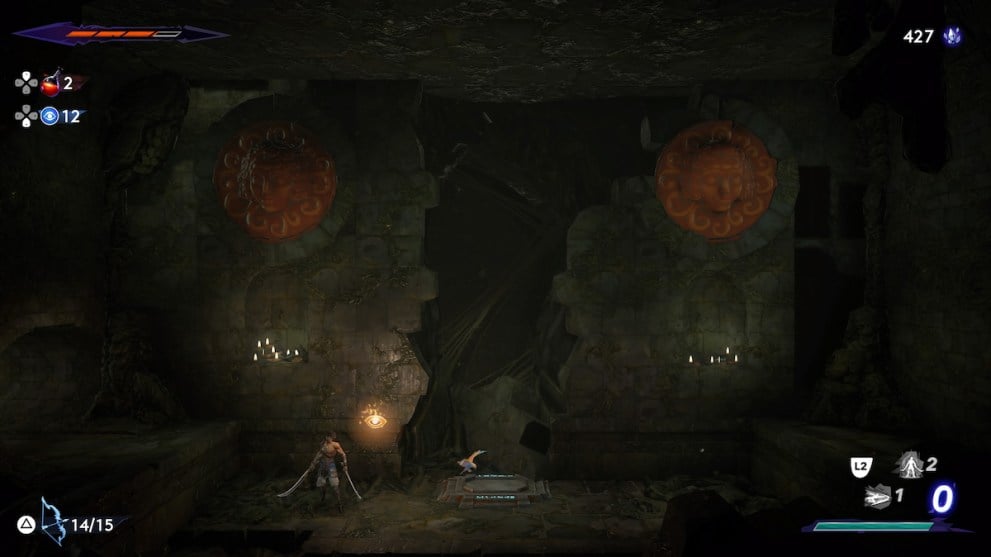
There’s a wealth of optional side content in Prince of Persia: The Lost Crown. To give you an idea, I have a 62% total completion rate after thoroughly finishing the game with 25 hours on the clock. That’s potentially up to 40+ hours of content, depending on just how difficult the most challenging side content proves to be. There’s plenty of equipment, currency, abilities, and lore tidbits to be discovered in the secret areas of the dense map. One of the game’s enticing optional collectibles requires you to platform across precarious trap-laden nooks to collect special coins.
These little excursions are almost identical to the optional Skull Coins in Rayman Origins and Legends. You must precisely platform through the obstacles and come back out unscathed to retrieve the token; I can’t emphasize enough just how fun these excursions are. Finding hidden rooms nestled with rewards and filling out the map to completion has been an absolute joy for me thanks in no small part to the convenient tools the game gives you.
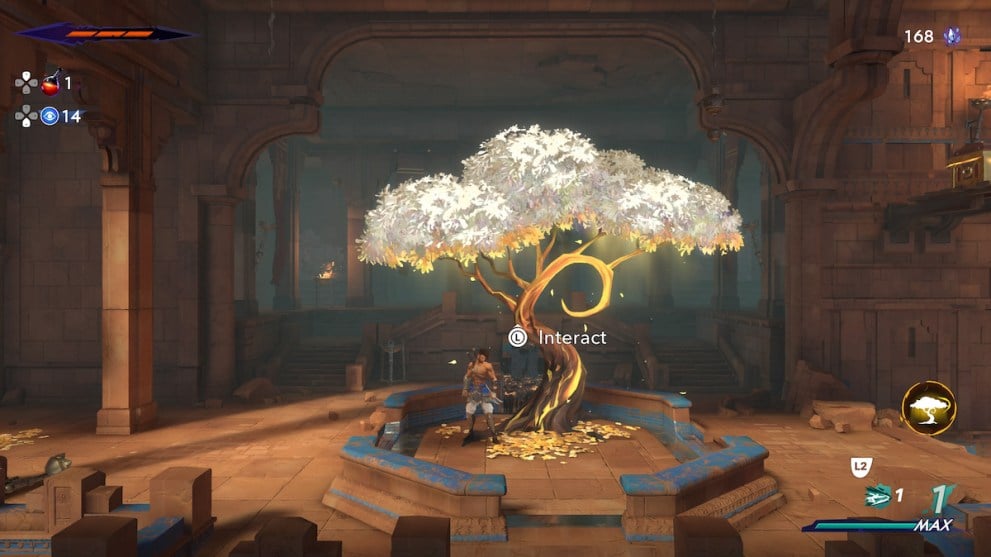
There is some backtracking involved no matter what you’re doing, but it’s mitigated by good checkpointing and various fast-travel statues. Other useful traversal tools the game gives to you include map pins and a handy screenshot feature that pins pictures of hard-to-reach spots or mysteries to the corresponding spot on your map. You also have a treasure radar Amulet that chimes when you’re close to hidden rewards.
Oh yeah, there’s also a cute bird that follows you throughout the game and graciously chirps as it flies next to invisible doors and other places of interest. All of these tools help make the exploration doable, yet still leave much of the actual effort to the player to figure out, which I appreciate. You can also opt to go without any of these explorative tools should you wish to challenge yourself and discover the world ‘organically’.
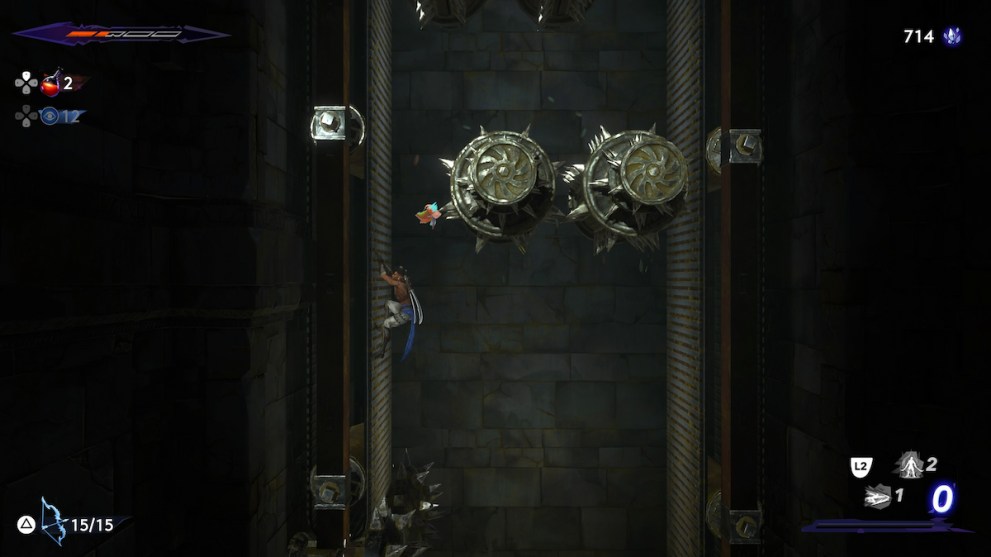
I opted not to disable most of the explorative tools, though, because I found the combat rather challenging in its own right. Combat in Prince of Persia: The Lost Crown consists of fast-paced combos, dodging/parrying, and special time abilities and finishers. There’s just such a satisfying amount of kit at your disposal to fight enemies with in this game. The combo system has quite a lot of depth to it and almost approaches fighting game layers of control with the directional combinations available.
Parrying timing is unique for each enemy type and can even be tuned to allow for larger or smaller windows of opportunity in the options and accessibility menus. The half-dozen or so Armugh abilities let you manipulate time to teleport and warp enemies around, and the finishers are satisfying to pull off even though there’s only a handful of them to equip.
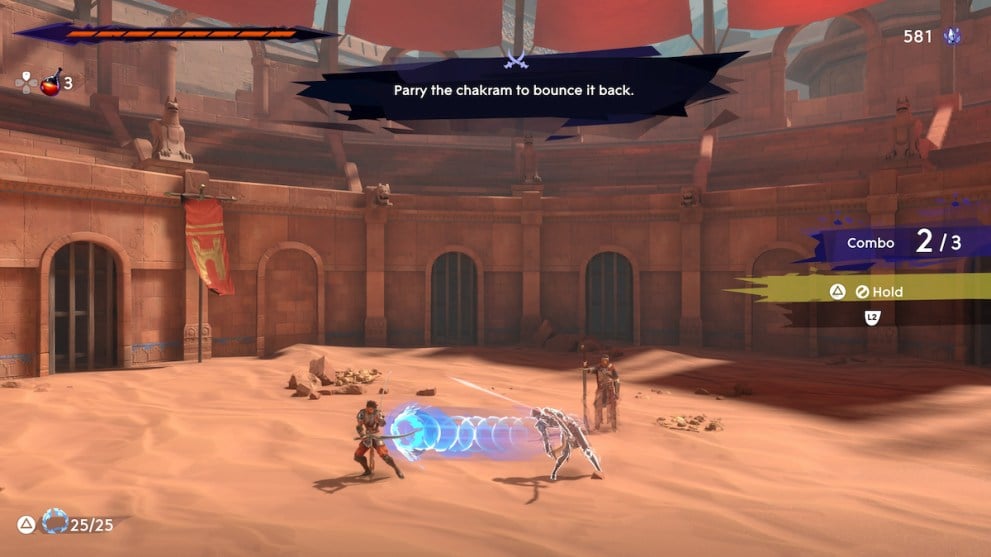
I simply love the combat in this game and never got bored of slicing and dicing foes. In fact, I feel like I’m just scratching the surface with what I can do with my end-game abilities and combos. You see, there’s a combat training tutorial near the main hub that rewards you with currency for pulling off various offensive and defensive maneuvers with dummy enemies.
I didn’t even know you could pull off some of the dynamic aerial combos until going through the training tutorial 15 hours into the game. With all the late-game gear and abilities you get, the offensive combinations get even larger.
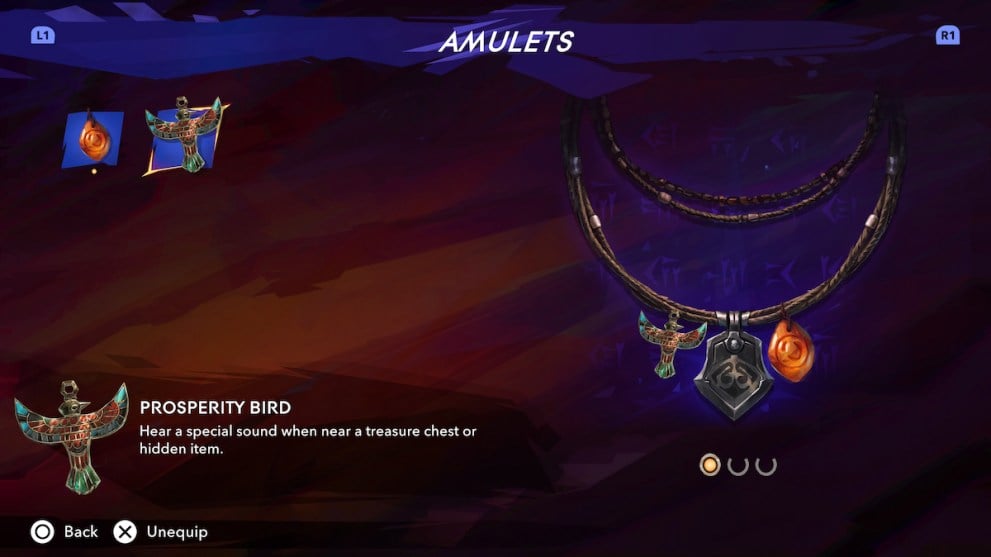
Being a Metroidvania, there’s a lot of hidden equipment strewn throughout the world which helps expand your abilities. For example, one Amulet grants you an extra swing at the end of your combo; each time you level this Amulet up, you get to add one more swing at the end of your combo.
By the end of the game, I was able to link together dozens of swings in a single combo in a fireworks display of finesse. There are many more Amulets like this one that grant buffs and enhancements to Sargon throughout the game. And yes, you can upgrade your swords, health, and various Amulets at vendors as well, granted you have the currency for it.
There aren’t any weapons or armor to obtain through the game other than your default ones, but there are cosmetic outfits for Sargon to don. Overall, Prince of Persia: The Lost Crown offers lots of satisfying abilities and equipment to discover, experiment with, and upgrade.
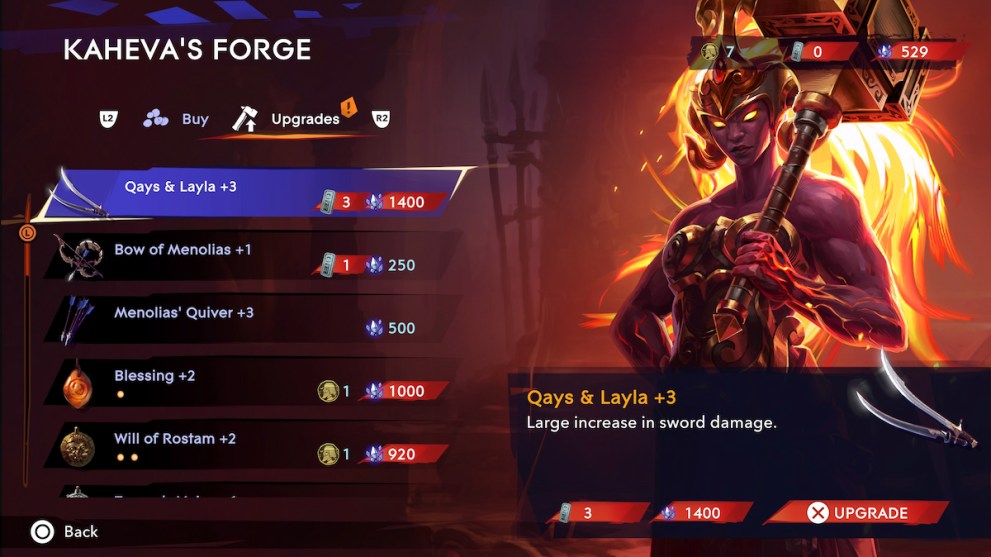
Unlike weapons and armor, there is an abundance of variety in the enemy types. Each of the dozen or so unique biomes has its own thematically appropriate enemy types. The forest region is invested with flies and bugs, while the desert dunes are home to sandworms and marauders. I often found myself going out of my way to clear out areas of enemies simply because they were so fun to fight in their own right.
The enemy AI is honestly an unsung hero of this game. Enemies react to your inputs in a challenging, yet fair way that leaves room for at least a couple of mistakes. Considering how each enemy graces you with totally unique parry windows and patterns, the consistently good AI strikes me as really impressive.
Even if you don’t like the aggressiveness of enemies, you can fine-tune difficulty parameters as you see fit and the AI will alter their aggressiveness, health, damage, and parry windows.
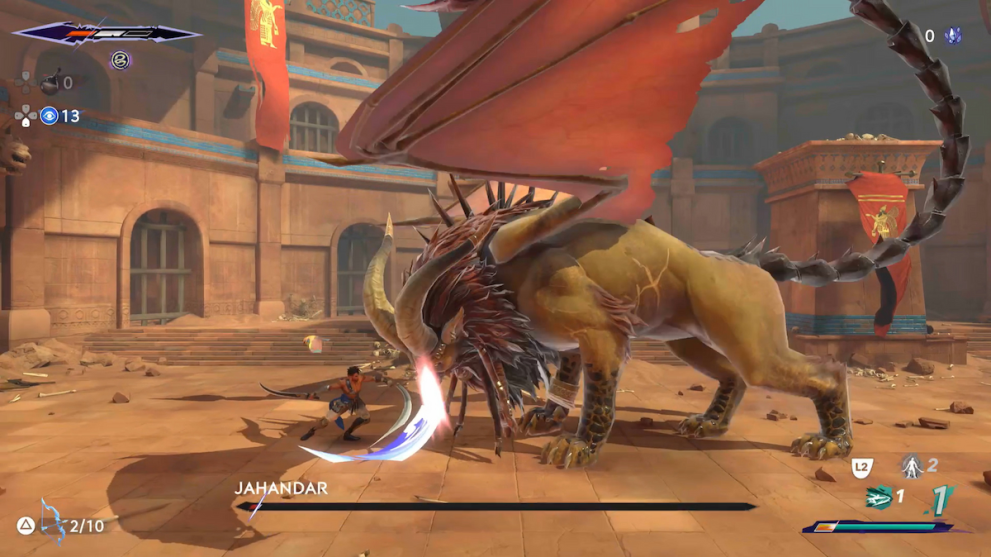
The bosses of Prince of Persia The Lost Crown are especially phenomenal. I can’t stop thinking about moments from some of these iconic battles, whether it be a victory with just pinches of health left or how good the game made me look at stringing together parries and epic finishers. Much like boss fights from games like Cuphead or Hollow Knight, the bosses in this game have multiple phases with telegraphed patterns that demand familiarity with one’s gear and moveset.
Considering how fun and challenging the bosses are, it’s a shame there’s no way to refight any of them other than to start a new game. The problem with starting a new game file is there’s only a total of three slots total, and there’s no new game plus to speak of at the time of writing this. While all the abilities and gear you obtain near the end of the game does go to good use with the plethora of optional content remaining after the credits roll, there’s no way to re-fight those excellent bosses using advanced gear.
And no, you can’t just save-state the file before a boss fight so you can fight it again and again since resting at a Wak-Wak Tree overwrites the current save completely. Considering how modular the difficulty options are, it’s surprising that they limit your save file options so much.
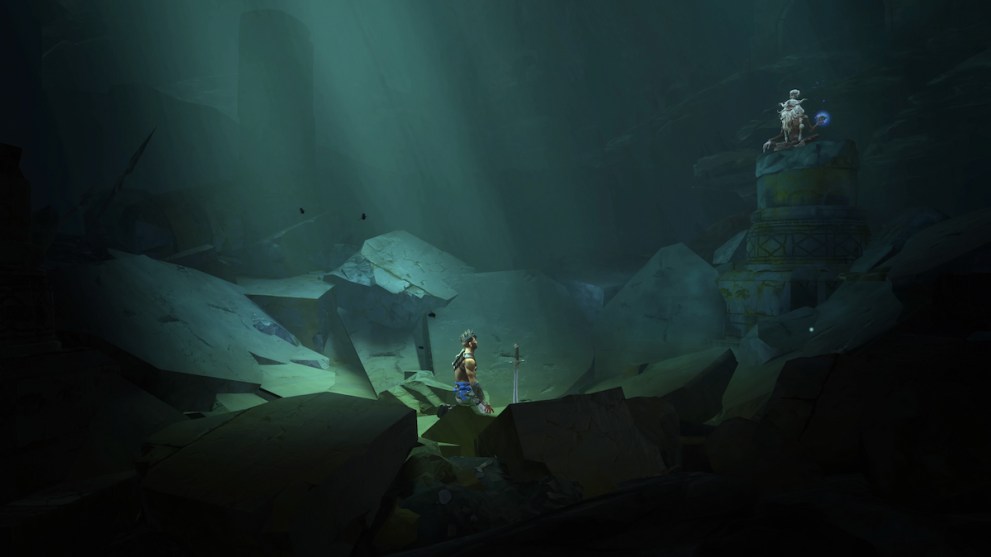
It’s nearly the end of the review and story hasn’t been mentioned much at all. It’s not that Prince of Persia: The Lost Crown lacks story or fails miserably at it, it’s just that story isn’t a standout feature when compared to the stellar gameplay. The plot is fine and has its fair share of twists and turns along the way. Dialogue is decent and the pacing does a good job of keeping the player interested in moving forward toward a clear goal. None of the characters are bad per se, but the cast didn’t particularly move or grab me.
For one, there’s very little humor throughout the game, and the cast of characters lacks charm. The main character doesn’t have much of a character arc, or characterization for that matter; he’s mostly just a bland hero who wields the power to save the day. Though, the worst thing about the characters is how bad the lip-syncing is on their models.
The art and music do a decent job of honoring the legacy of the Prince of Persia franchise. The dash animation, for example, echoes the iconic wall run from past games. There is one aspect of the art style that works particularly well, and that’s the stylish counterattack animations. These animations resemble stylish cartoons like Samurai Jack and help me appreciate the overall art style more. The Persian world is well realized with detailed backdrops and an atmospheric soundtrack, but the simple art style could have been better executed in some areas.
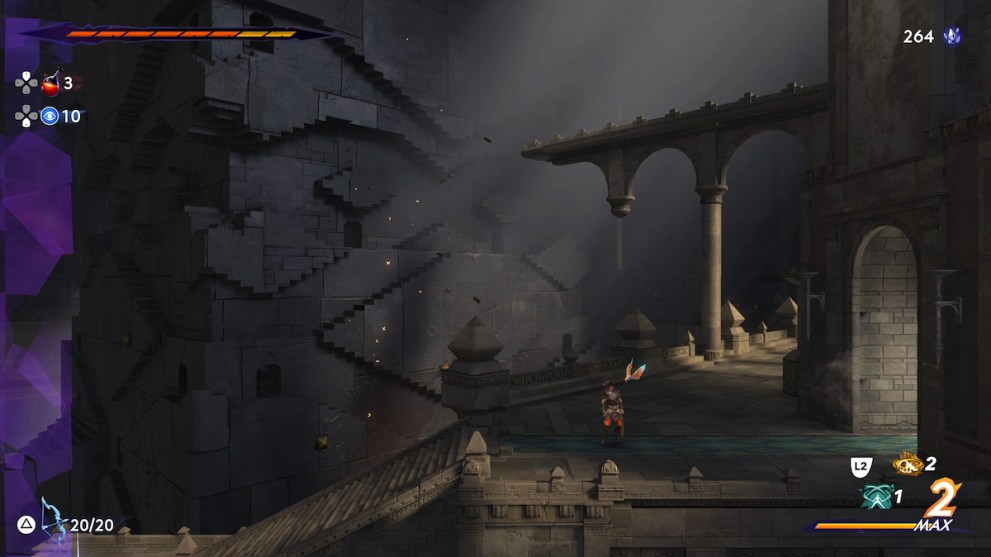
Prince of Persia: The Lost Crown is a masterclass in game design. The platforming and exploration are silky smooth and incredibly compelling. Puzzles are legitimately clever and satisfying to solve, and the rewards feed into the overall gameplay loop. Battles never feel repetitive or boring, and the boss battles are some of the very best in the genre.
The things this game does right, it does better than almost anything else. What’s equally impressive is it doesn’t do much wrong. The worst thing you could level about this game is that some aspects such as graphics and story are merely ‘fine’, but I’m just nitpicking at this point.
This is a gamer’s game, and I mean that in a literal sense. It shines with brilliant game design through and through and doesn’t manipulate the player’s dopamine through gotcha microtransaction mechanics. It’s a pure, raw, game experience that respects the player’s skill and time. I haven’t thoroughly enjoyed a game as much as Prince of Persia The Lost Crown in years. If you’re even remotely interested in platformers or Metroidvanias, you owe it to yourself to play this game.
- Fun and engaging platforming sections with mindbendingly clever puzzles
- Solid map design with plenty of shortcuts and checkpoints
- Challenging boss fights that rival games like Hollow Knight and Cuphead
- Smooth Metroidvania structure with lots to explore
- No new game plus feature and only three save slots renders replayability lower than it should be
- Bland humorless characters with bad lip syncing

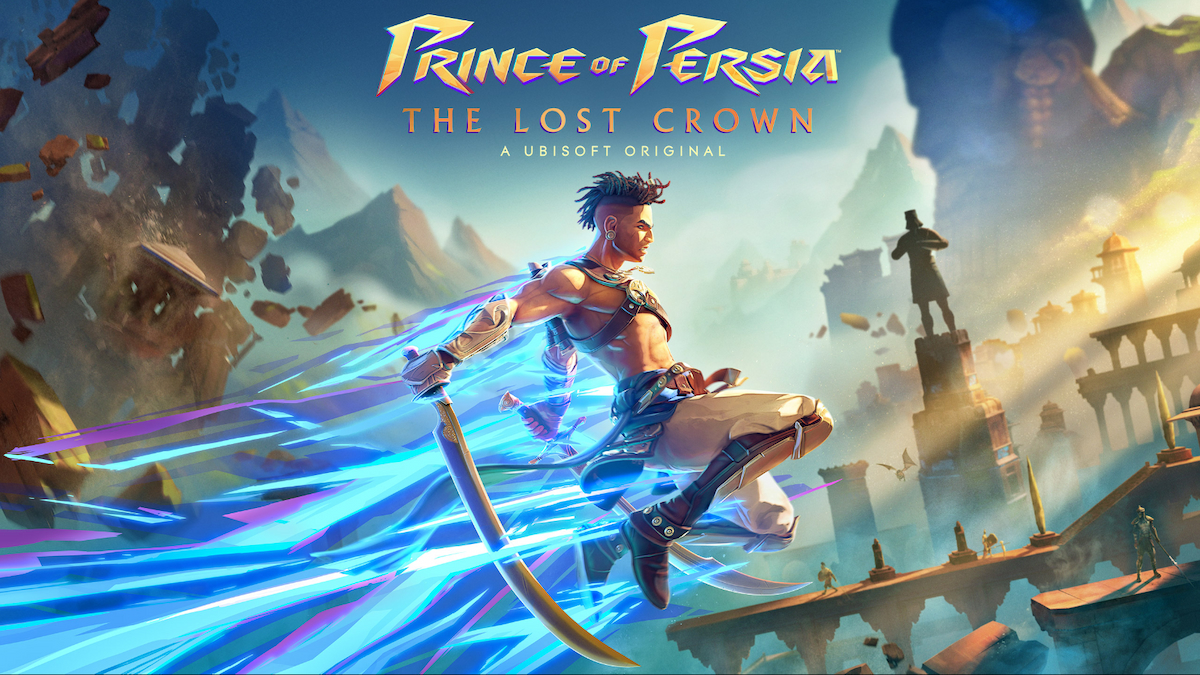
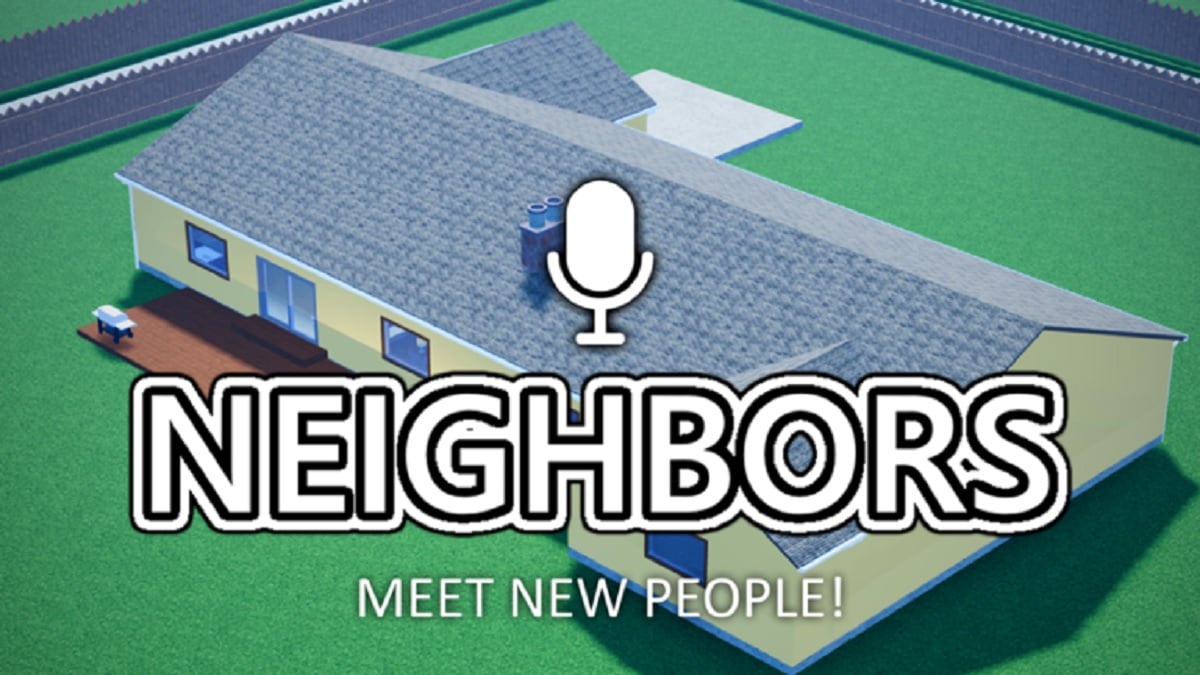
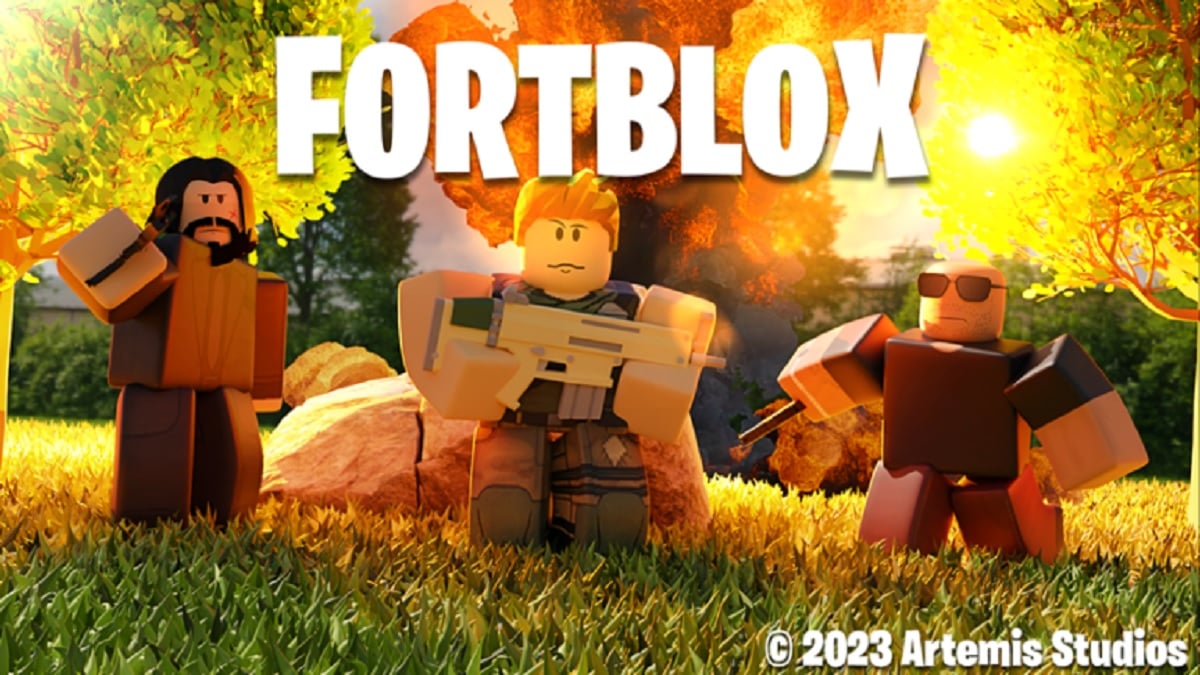
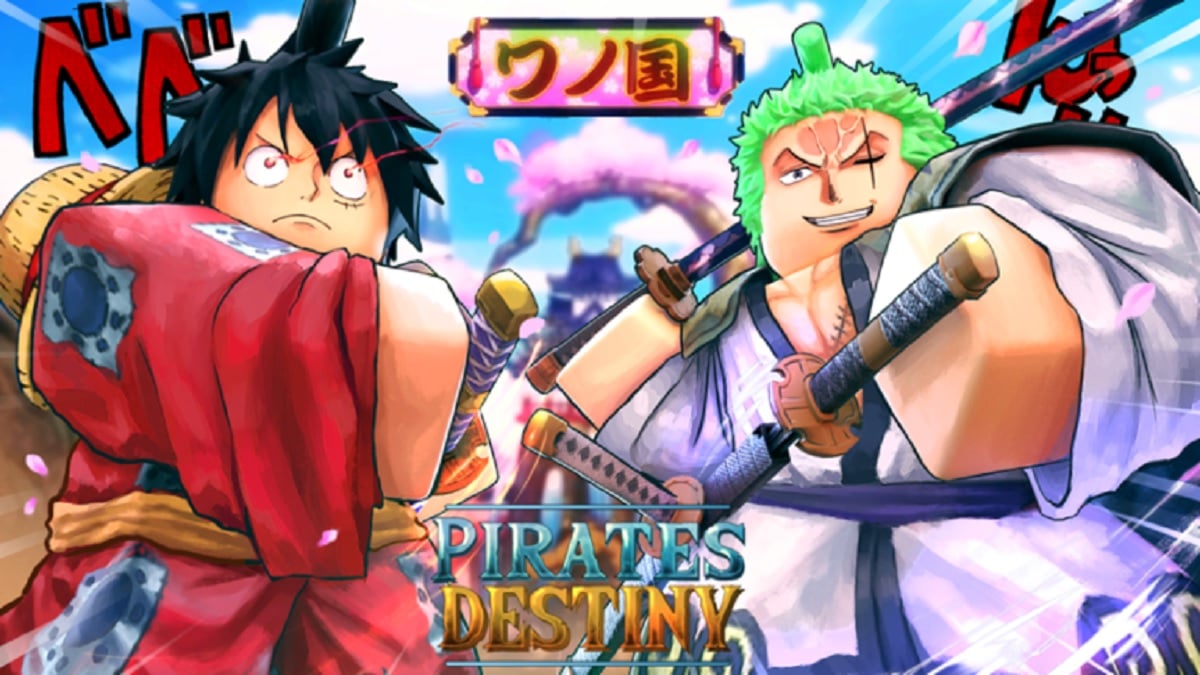

Published: Jan 11, 2024 12:00 pm